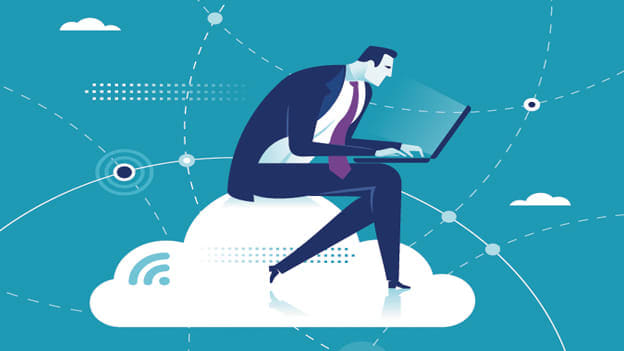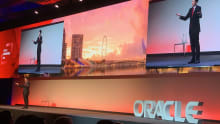Connected workers are going to transform the workplace, here's what you should know

Let’s Talk Talent Read similar articles

A Deloitte report defines ‘the connected worker’ as “any person whose working life is changing, due to the development of digital and Internet of Things (IoT) technology.” In essence, a connected worker is able to integrate the device, data, and decision. While the concept of the ‘connected worker’ is not new, it’s the new generation of technologies that are changing the game.
The use of digital tools at work has transformed jobs altogether – from manufacturing to services; it has enabled employees to have greater flexibility, increased productivity and explore new & innovative business solutions. Eighty-four percent of all workers (blue and white collar) think it’s important for their companies to use the latest technology. In the age of the fluid enterprise, when companies are navigating a shift of business models and talent, the rise of the connected worker brings a number of new challenges to the workplace.
Today’s employees are connected to devices not only at work but also outside. While some jobs have a greater degree of technology integration, there is a need to identify gaps in technology integration. For instance, 47 percent of blue-collar workers reported that they use their smartphones more than five times a day outside of work, but only 13 percent do so at work. It is in identifying these gaps that companies make the most of the digital opportunity.
This article takes a look at how the connected worker is going to change the world of work:
- Faster, efficient work: In the context of both services and manufacturing, the connected worker helps get the job done fast and right. Access to the right information is the key to empowering workers. The benefits include increased productivity, reduced compliance, and safety costs, all of which can improve margins significantly while making a worker’s life easier.
- Real-time data for decision making: The availability of real-time data and contextual information enables leaders to take decisions that have a direct impact on the company’s bottom line. With the growth of digital devices using AI-based technology and the growth of data science, the ability to make sense of big data will be central to the businesses of tomorrow.
- Shifting employee behavior: The rise of consumer technology apps has led to the expectation that the technology used in the workplace should meet the expectations of the employee as a customer. With social media, and e-commerce playing a role in a worker’s daily life, it will be very important for workplace-related technologies to reflect on the ease of user experience and simplicity of the interface.
- The shift in workplace culture: The rise of a connected workplace brings its unique cultural challenges. The always-on communication tools bring the pressure of having to address workplace issues 24x7. On the flip side, it also enables a culture of workplace flexibility and access to newer talent pools with the rise of gig work. There are a number of imperatives from a business and HR perspective on managing workplace culture challenges.
The future of the connected worker will bring together many exciting, innovative technologies. From IoT, Wearables, Drones, Conversational UI, Analytics, Artificial Intelligence, Augmented Reality, among others. The possibilities for the future are endless, and it’s up to the business and HR leadership to chart the course on the workplace.






